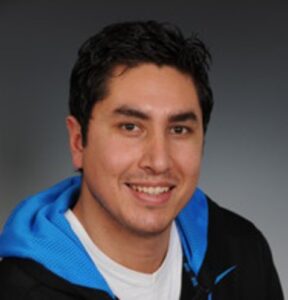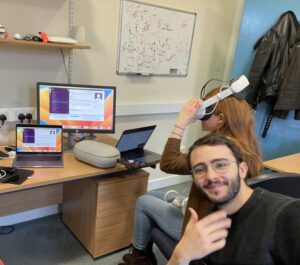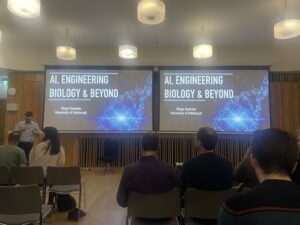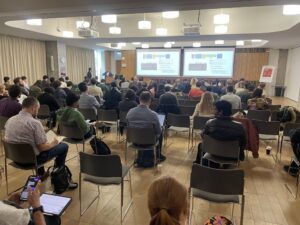From Membrane Binding to Function: Investigating the Importance of Anionic Lipids in Alpha-Synuclein Biology
Alpha-synuclein, a protein that is abundant in the brain, has been linked to several neurodegenerative disorders, including Parkinson’s disease. Lipids are crucial to the normal function of alpha-synuclein, as well as to the development of disease. In my research, I have investigated the initial interaction between alpha-synuclein and model lipid membranes, which involves membrane remodeling activity, with amyloid fibril formation occurring during longer incubation periods. I have examined the impact of various factors, such as the composition of model lipid membranes, protein variants, and the presence of molecules that remain bound to neuronal membranes under physiological conditions, on the outcome of this reaction. Using a combination of methods, including spectroscopy and microscopy, I have studied the interaction between alpha-synuclein and model lipid membranes. The results of these studies provide new insights into the role of lipids in the biology of alpha-synuclein and may contribute to the development of novel therapies for neurodegenerative disorders.
Leave a Comment



